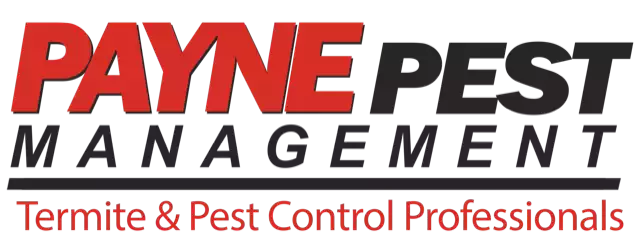Temecula, California, with its warm climate and diverse environment, is home to various rodent species. Knowing these common rodent species can help you identify and manage any potential infestations. Here are some of the most frequently encountered rodents in the Temecula area:
- House Mouse (Mus musculus)
- Description: Small, slender body; light brown to gray fur; large ears and a long tail.
- Habitat: Often found in human dwellings, including homes, garages, and sheds.
- Behavior: Nocturnal; excellent climbers and jumpers; known for nibbling on food and nesting materials.
- Norway Rat (Rattus norvegicus)
- Description: Larger than house mice; brown or gray fur; stocky body; blunt nose; shorter tail compared to body length.
- Habitat: Prefers basements, sewers, and ground burrows; often found in urban areas.
- Behavior: Nocturnal; excellent swimmers; known to burrow and create complex tunnel systems.
- Roof Rat (Rattus rattus)
- Description: Sleek body; black or dark brown fur; pointed nose; large ears and eyes; long tail.
- Habitat: Prefers higher places; commonly found in attics, trees, and upper levels of buildings.
- Behavior: Nocturnal; skilled climbers; known for nesting in elevated areas.
- Deer Mouse (Peromyscus maniculatus)
- Description: Small size; bicolored fur (brownish upper parts and white underparts); large eyes and ears.
- Habitat: Prefers rural or semi-rural areas; often found in fields, forests, and occasionally in homes near these areas.
- Behavior: Nocturnal; known for their agility and jumping abilities; potential carriers of hantavirus.
- Pocket Gopher (Thomomys bottae)
- Description: Medium-sized rodent; brown or gray fur; short tail; large cheek pouches.
- Habitat: Prefers underground burrows; commonly found in gardens, lawns, and fields.
- Behavior: Solitary; creates extensive tunnel systems; known for pushing soil to the surface, creating mounds.
- California Ground Squirrel (Otospermophilus beecheyi)
- Description: Medium-sized; mottled gray and brown fur; bushy tail; prominent ears.
- Habitat: Prefers open areas such as grasslands, fields, and rocky outcrops; often found in urban parks and gardens.
- Behavior: Diurnal; burrowing animals; known for their complex social structures and vocalizations.
Prevention and Control Tips
Dealing with rodent infestations requires a proactive approach. Here are some tips to prevent and control rodent problems in Temecula:
- Seal Entry Points: Inspect your property for gaps and holes, especially around doors, windows, and foundations. Seal any potential entry points with materials like steel wool and caulk.
- Maintain Cleanliness: Keep your living spaces clean and free of food debris. Store food in airtight containers and regularly dispose of garbage.
- Eliminate Clutter: Reduce clutter in and around your home to minimize hiding spots for rodents. Keep storage areas organized and off the ground.
- Use Traps and Baits: Set up traps and baits in areas where rodent activity is suspected. Make sure to follow safety guidelines, especially if you have pets or children.
- Consult Professionals: If you experience significant rodent issues, consider consulting a pest control professional. They can provide tailored solutions and ongoing maintenance to keep your property rodent-free.
Understanding these common rodent species in Temecula can help you identify and address potential infestations effectively. Stay vigilant and take action at the first sign of rodent activity to protect your home and health.







